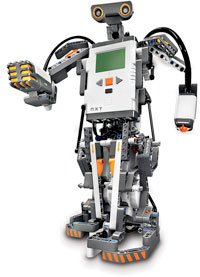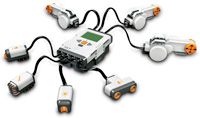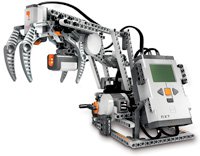Lego Mindstorms NXT Robots: Building Bonds with Bots
Learn science, technology, engineering, and math with robot-building projects.
Your content has been saved!
Go to My Saved Content.
No disrespect to the hours of pleasure and learning offered to many generations by Lincoln Logs, Erector Sets, and Lionel trains, but Lego Mindstorms NXT robots may be the best bond between teachers (or parents) and students to come along since Horace Mann was a boy.
Robots are increasingly important in modern life, and increasingly fascinating to the kids whose play today will shape the world tomorrow. (See "Rise of the Robots: The Human-Machine Interaction Enhances Tech Teaching" and "Bots vs Bods: NASA's Seventy-Fifth Birthday Present -- Footprints on Mars.") With motors, sensors, and mechanical parts supplied by Lego, students can construct robots of various kinds, from the simple to the android-esque, and study science, technology, engineering, and math in a painless, project-based way.
The cost for the Alpha Rex education kit is $260, and no feeding other than the occasional recharge is needed. Unless programmed to do so by their makers, the Lego bots will never say, "I'm sorry, Dave, I'm afraid I can't do that."

